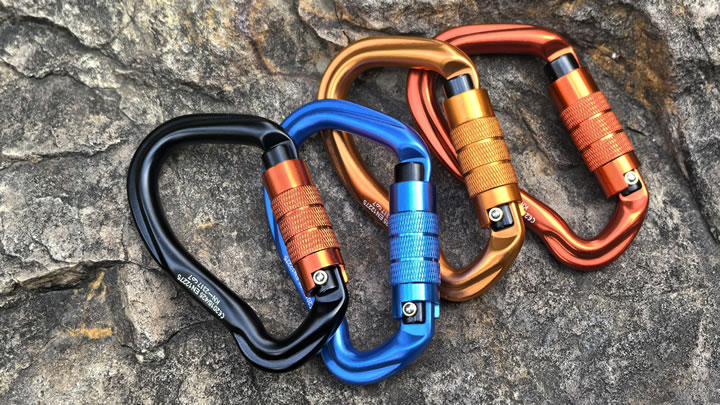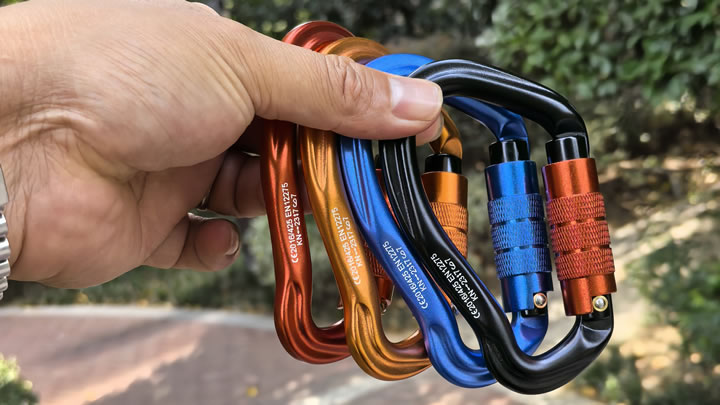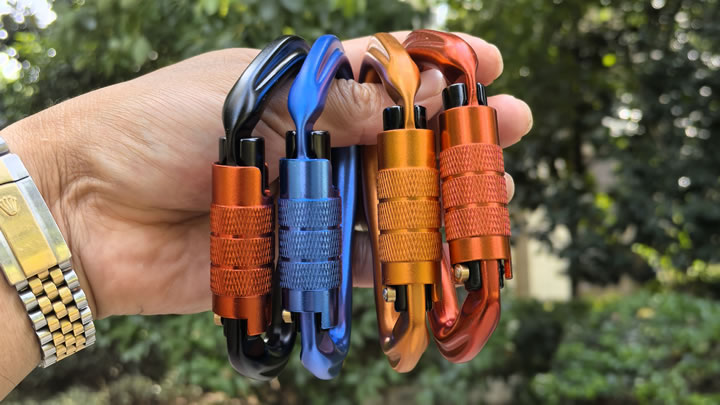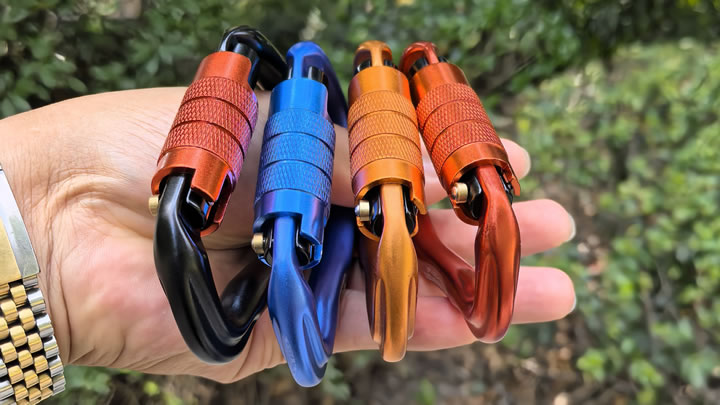Camping storage boxes vs. dry bags: Which is better?
Thursday, May 15, 2025
Choosing between camping storage boxes and dry bags depends on your activity, environment, and gear needs. Both offer unique benefits but cater to different scenarios. This guide breaks down their pros, cons, and ideal use cases to help you decide.

1. Core Differences at a Glance
| Feature | Storage Boxes | Dry Bags |
|---|---|---|
| Durability | Crushproof, UV-resistant | Puncture-prone in rocky terrain |
| Waterproofing | IP67-rated (submersible) | Fully submersible (roll-top seal) |
| Weight | Heavy (3–20 lbs) | Light (0.5–3 lbs) |
| Organization | Dividers, compartments | Single compartment |
| Portability | Rigid, bulky | Collapsible, packable |
2. When to Choose Camping Storage Boxes
A. Best Use Cases
- Car/Overland Camping: Protect heavy gear (tools, stoves, electronics) from impacts.
- Bear Country: IGBC-certified boxes (e.g., YETI Tundra) resist wildlife.
- Long-Term Storage: Maintain shape and protect gear from pests.
B. Top Picks
- Pelican 1610: Military-grade protection, IP67-rated.
- Front Runner Wolf Pack: Modular design for vehicle mounting.
- Plano Sportsman’s Trunk: Budget-friendly with dual latches.
3. When to Choose Dry Bags
A. Best Use Cases
- Water-Based Trips: Kayaking, rafting, or beach camping (e.g., Sea to Summit Big River).
- Backpacking: Ultralight packing for multi-day hikes.
- Emergency Use: Quick-grab waterproof storage for phones, maps, or meds.
B. Top Picks
- Earth Pak Waterproof Bag: Affordable, 100% submersible.
- Outdoor Research Ultralight Dry Sack: Silicone-coated for minimal weight.
- NRS Bill’s Bag: Heavy-duty for whitewater expeditions.
4. Hybrid Solutions
- Dry Bag + Storage Box Combo: Use boxes for fragile gear and dry bags for clothes/food.
- Waterproof Box Liners: Add ALPS Mountaineering Dry Sack inside boxes for extra protection.
5. Durability and Maintenance
- Storage Boxes:Clean with mild soap; avoid abrasive tools.Lubricate latches/hinges annually.
- Dry Bags:Rinse salt/sand after use to preserve seals.Store partially open to prevent mildew.
6. Cost and Longevity
- Storage Boxes: 50–50–400; last 10+ years with care.
- Dry Bags: 20–20–150; replace every 3–5 years due to wear.
7. Real-World Scenarios
- Family Beach Camping:Boxes: Cooler (food), heavy-duty bin (beach toys).Dry Bags: Phones, towels, sunscreen.
- Backpacking the Appalachian Trail:Dry Bags: Ultralight 10L sack for sleeping bag + clothes.
Final Verdict
Choose storage boxes if you need rugged protection, organization, and long-term reliability for heavy gear. Opt for dry bags for water activities, ultralight travel, or temporary waterproofing. For multi-activity trips, combining both maximizes versatility.






